F.A.Q.
KVAR EC F.A.Q.
From basic to detailed technical answers on how we can save energy and demand
Are our Energy Controller Legal?
Absolutely, our Energy Controllers are UL listed, CE compliant and certified by CSA (Canadian Standards Association). The equipment that we handle has been tested by several independent organizations to include NASA and Honeywell. Every unit is also in compliance with RoHS. (Restriction of Hazardous Substances) UK
How does the Energy Controller save me money?
Our Energy Controller are installed in compliance with article 460 of the National Electric Code (NEC), basically meaning as close to your electric motors as possible. Reactive energy is stored within the unit itself, which supplies the motor that same reactive energy they need to run. Because the reactive energy is stored in the unit, there is no longer a need for it to be supplied to you by the electric company.
Now the power is no longer being pushed through your electrical system and wasted within your facility. The power being supplied to your individual pumps and motors is as close to 100% efficient (unity) as possible. This results in a cooler distribution system where heat is no longer being lost in the form of watts, (the unit in which you are billed). This also accounts for a minimum of a 6% reduction in electricity due to there no longer being a need for the excess power to be supplied to your home or business, for it is constantly stored and recycled between the Energy Controller unit and your motors.
Depending upon the rate structure of your electric utility, you may be able to save a substantial amount of money on your electric bill. Other ancillary benefits to be gained by optimizing power factor are, lower energy losses, better voltage regulation and released system capacity. Motors typically show a higher starting torque and shorter start up time.
What is Power Factor?
Simply stated, power factor is the efficiency of real power being used compared to apparent (total) power being supplied. Power Factor is usually expressed as a percentage. Ultimately, this percentage is a measurement of how efficiently Volts and Amps work together to produce work.
How much does this Energy Controller cost, and how can I get mine?
Our Energy Controllers ranges from just a few hundred dollars up to a few thousand dollars depending on the application. Generally speaking a residential unit retails for approx. $400.00. With almost 100 different custom built units, the prices are specific to individual motor loads in each commercial and industrial settings.
You can get your unit(s) by contacting your local distributor. If you need help finding the distributor in your area, contact us and we'll be glad to help you.
Will the Energy Controller affect my appliances and their normal use?
No, the units are designed to be completely passive. There is no solid state circuitry and no moving parts. If the unit were to stop working, you would simply stop saving money
Why do we go to the motors?
The energy reduced in the system happens when Inductive reactive amps sum at a point of contact with Capacitive reactive amps. Higher energy (an losses) are present from the source of these reactive energies and remain in the system until the come to a meeting point and cancel out. The closer these two energies are to each other, the less of the system is stressed/spilling losses caused by these excess amps that exist in the system. If we are close to the inductive load when we remove the reactive amps (optimize power factor), the more overall benefit's. If we instead go to the panel, all the energy must exist in the system and only benefit the system between the power source and the panel.
Are there any benefits to installing at a panel?
Technically, there are less benefits. There is a time and a place based of a given application. I believe the correct question is "Are there any benefits in installing at a service entrance panel in a home?" The answer is that empirically we find that there is benefits greater than what the fundamental mathematics and science suggests. This simply means that we haven't correctly represented the actual equivalent circuit. Fundamentally, any of those benefits will be present and more significant based on the math and science models that we have.
How much does it cost to leave the Energy Controller system on all the time?
Any costs would be related to the efficiency of the device (capacitors are some of the most coefficient devices made) and the amount of amps they demand and what losses are in the system that the amps will dissipate. Fundamentally, Amps are Amps as far as a system is concerned. Reactive or otherwise. If the unit does not turn off with the load as Article 460 of the NEC requests, the amps remain in the system when the motor is not running and the losses exist while the motor is not running. This can be substantial, depending on the system. In regard to panel units for a home, the most popular model typically draws around 5 amps. The losses will be 5^2 times the R of the wire, main breaker and a few other components. IF there is 200Amp or 400Amp service this loss should be very small. Some meter boxes have the kilowatt Hour meter in the box making it even smaller. Some calculations suggest it maybe between 0.1 to 0.4 kilowatt hrs a month. Obviously, it depends on the installation.
How much can I expect to save per month with a Energy Controller in my home?
This depends on several factors. The size of your home, the amount of inductive motor load, (multiple air conditioning, freezers, etc.) and the amount you are paying per kilowatt-hour for electricity can all have an impact on your savings. However, generally speaking, users of the product have seen 6-25% in reduced consumption.
How long will it take for the Energy Controller to pay for itself?
The units has a simple payback of 36 months or less, but again, the same factors above apply, some will see sooner (as quick as 6 months), some will see latter (36 months).
Is the Energy Controller easy to install?
We recommends installation by a licensed electrician. The units come with complete installation instructions. It installs in about 20-30 minutes.
How long will the Energy Controller last?
Residential units are warranted for 10 years. Custom commercial and industrial units are warranted for 5 years. Our units have a predicted lifespan of 20 year or longer.
Why haven't I heard of this systems until now?
With rising energy costs and the threat of global warming, many businesses are now recognizing the benefits of using green technology to reduce their carbon footprint and to minimize waste. In the past, this method of applying our technology only helped those who were being penalized for a poor power factor, but with energy rates rising at an alarming rate, every day you don't have a Energy Controller, regardless of your rate structure, you're essentially paying not to have it.
Will this unit protect my home or business from electrical surges?
There are many types of electrical disruptions. This includes transients, surges, sags, swells, brown outs, the list goes on. Most people consider all of these things in the surge category. What most people are concerned about is transients that result in a higher than normal voltage shooting through the electrical system, frequently damaging or reducing the life of electronic equipment. Our Energy Controllers are capacitors and as such, when these spikes come in, they appear for a very short duration, appearing as a high frequency. Capacitors draw more amps at higher frequencies. As a result, there will be a lot more amps drawn from spike. This alone is not an effective surge suppressor. To get rid of these spikes, it would be better to get a TVSS (Transient Voltage and Surge Suppressor). Many have insurance policies that will cover equipment destroyed while the protector is in place. Do your own research. The Energy Controllers will help with situations where the lights flicker when an inductive load turns on. The unit will help to provide energy for the inrush of amps. If you have such flickers, they will be reduced or eliminated.
Do you have a 3-phase Energy Controller for commercial and industrial applications?
Yes, the unit can be custom made to fit any service single phase or three phase, 600 volts and below.
Is the Energy Controller warranted?
Yes, the residential unit is warranted for 10 years and the commercial and industrial units are warranted for 5 years.
Can the Energy Controller be installed outdoors?
The unit is enclosed with a NEMA 3 enclosure which is suited for indoor/outdoor use. Other enclosures are available at additional cost.
Are there rebates or energy credits available?
Many utility companies, counties and states offer rebates for energy savings. Check with your local utility authority directly.
Can the Energy Controller eliminate my current power factor penalty or help with my KVA demand charge on my utility bill?
Absolutely, by optimizing your power factor within your facility using patented method that we used your power factor penalty can be eliminated, and in some instances, a rebate may apply. KVA charges will be reduced in accordance to amp reductions.
Why should I go with your Energy Controller rather than one of your competitors?
Our equipments have been in business since 1992 and has a long running reputation of support and standing behind their product with great success stories. We are the only ones with the patented method and apparatus used to determine exactly what you need in your home, business or at your individual motors. Without our patented method, there is absolutely no reason why anyone should buy, sell or install a device like this in their electrical system. The Energy Controller is not a one size fits all device. Each of our units are properly sized and are custom built to suit your needs and to meet and exceed the National Electric Code. Also, 100% of the units sold in America are built with pride and tested in our USA manufacturing plant.
SOLAR LED LIGHT TOWER
What does LED stand for and how is it used?
LED is the acronym for a light-emitting diode. An individual LED emitter is a semiconductor diode that emits light when voltage is applied. LED technology has been around for several decades for specialty applications and has evolved recently to the point that it is being used for general lighting applications.
What is an LED array?
LEDs are typically used in clusters of multiple LEDs known as LED arrays.
Why has it taken so long for LEDs to catch on for use in general illumination?
Initially the lumens per watt were less than what general-use fixtures required. In addition, initial approaches were applied to retrofit existing fixtures to house the new LED technology. These traditional lighting standards and housings were not applicable and certainly not optimized for LEDs, unlike the fixtures used today.
Why do LEDs not function efficiently in traditional fixtures?
LEDs have different challenges; the optical design used in traditional fixtures is not optimized for the efficiency, inherent qualities and directed lighting capabilities of LEDs. Thermal management requirements also are different than those for other types of lighting (incandescent, fluorescent, etc).
What are the benefits derived from using solid-state LED lighting?
LEDs offer several key benefits over other lighting options, including higher energy efficiency (lumens/watt), better durability and a significant reduction in maintenance costs due to their longer life. These benefits translate into a lower overall product-life cost.
What's the difference between efficacy and efficiency in lighting?
Efficacy in lighting is primarily concerned with the amount of light (in lumens) produced by a certain amount of electricity (in watts). Lighting efficiency, on the other hand, is the ratio of total lumens exiting the fixture as opposed to the total lumens initially generated by the light source.
What is the proper way to compare LED products?
Considerations should include lumen output, the overall luminaire efficiency and optical control LED thermal management. An LED light's product lifetime is typically defined as complete once the fixture has reached 30% lumen depreciation. A high quality LED will likely deliver more average lumens/watt than traditional High Intensity Discharge (HID) light fixtures. The Department of Energy (DOE) determined that solid-state luminaires should be evaluated based on overall efficacy (i.e., for the entire luminaire, including LEDs, drivers, heat sinks, optical lenses and housing).
What benefits do LEDs offer over traditional HID fixtures?
A well-designed LED luminaire with super-bright white LEDs offers high lumens per watt, better optical efficiency, minimal lumen depreciation, a significantly longer life span, no hazardous materials like mercury, and less waste production, and they are made from fully recyclable materials.
Do I need to replace LED diodes?
No. LEDs do not burn like a standard lamp but gradually generate lower output level (lumens) over long periods of time. If one LED fails, the other LED diodes continue to generate light.
What is the life span of an LED?
The life span of an LED is significantly longer than that of other lamp sources like incandescent, fluorescent or HID and can reach 50,000 hours or longer. An LED never really burns out; the product life span is measured by lumen depreciation (IES calculates the life of an LED based on 30% lumen depreciation). You may see claims of a 100,000-hour rating, but this is not equivalent to lamp life rating (at 30% lumen depreciation). At 100,000 hours an LED is likely still to be operational but at a lower output in lumens.
What does the estimated life span based on 50,000 hours of operation translate to over time?
12 hours per day 11.4 years
10 hours per day 13.6 years



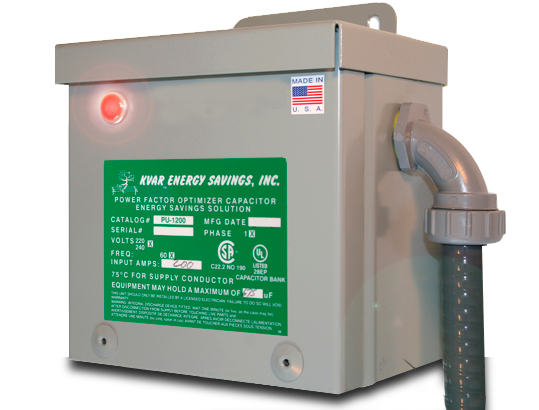
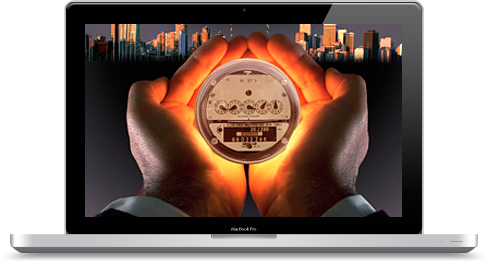

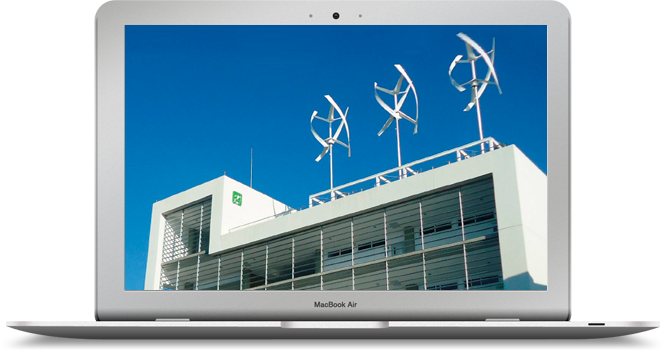
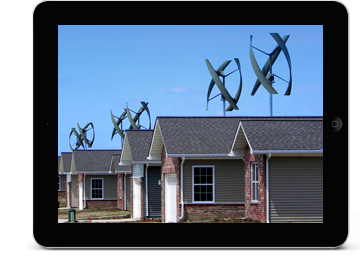

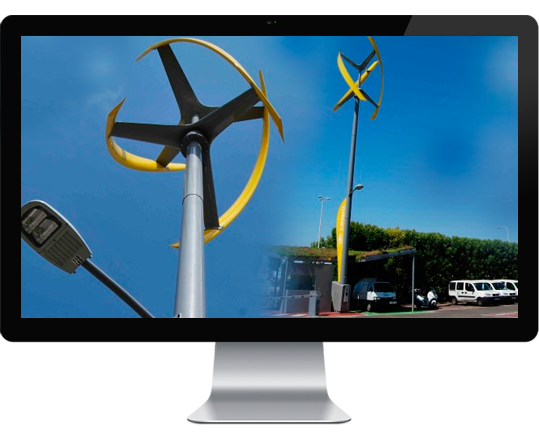
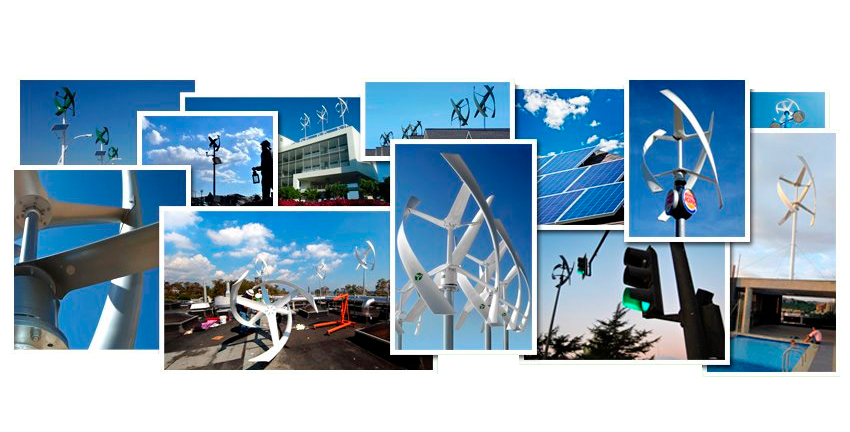

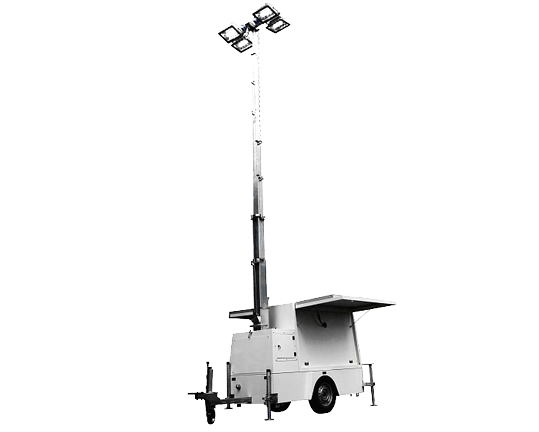
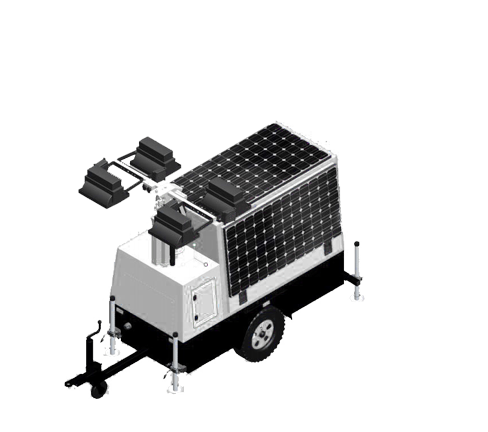





 FAQ
FAQ